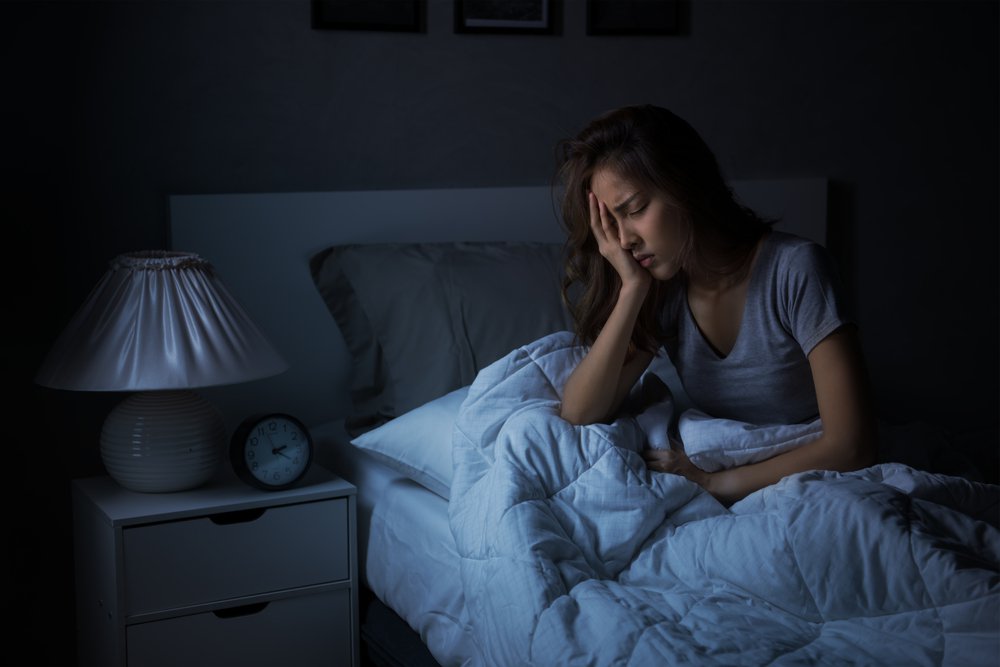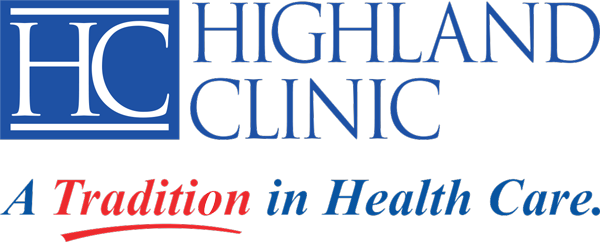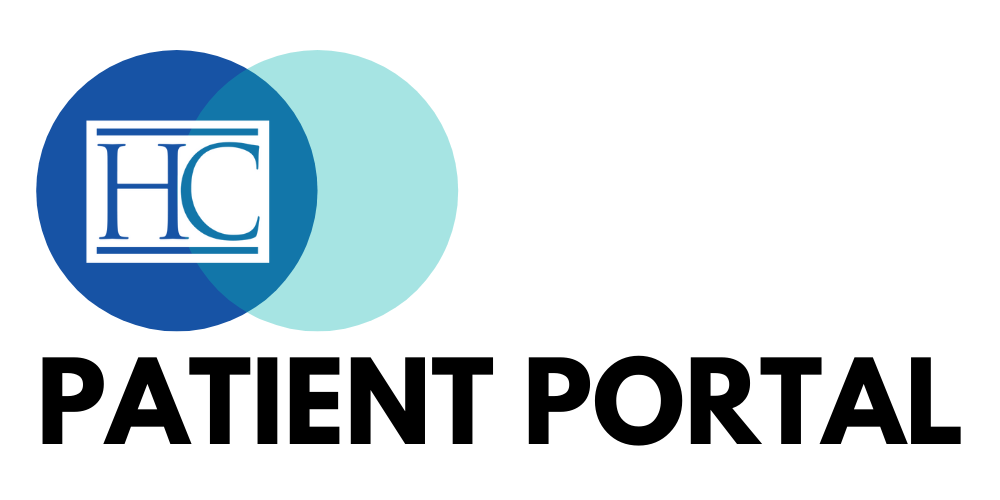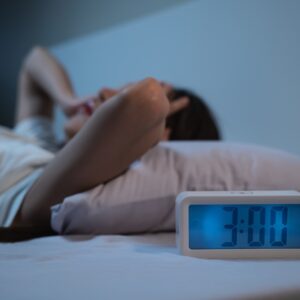As midnight passes, the familiar struggle of restless legs and racing thoughts begins—a reality for millions. Sleepless nights affect more than energy, impacting mental clarity and health. This article explores common sleep disorders and outlines treatments that offer not just rest, but true rejuvenation.
Unraveling the Mystery of Sleep Disorders
Sleep disorders are more than just a nuisance; they’re a widespread issue affecting millions. These conditions can sap your energy, cloud your judgment, and wreak havoc on your health. From the occasional restless night to chronic insomnia, the impact on daily life is profound, leaving many yearning for a solution.
Traditionally, treatments have leaned heavily on medications and therapy, but these often come with side effects or dependency risks. As our understanding of sleep deepens, modern approaches are emerging to address these challenges more effectively.
Navigating the Landscape of Sleep Disorders and Treatments
Understanding Common Sleep Disorders
Insomnia
One of the most prevalent sleep disorders, insomnia, is characterized by difficulty falling asleep, staying asleep, or waking too early. Common causes include stress, anxiety, and poor sleep hygiene, creating a cycle of sleeplessness that often leads to fatigue, irritability, and difficulty concentrating.
To combat insomnia, identifying triggers and establishing a consistent bedtime routine is essential. Simple changes, like limiting caffeine intake and creating a calming pre-sleep environment, can significantly improve sleep quality.

Sleep Apnea
Sleep apnea is a serious condition where breathing repeatedly stops and starts during sleep, leading to severe health risks, including cardiovascular issues, high blood pressure, and increased stroke risk. Symptoms often include loud snoring, gasping for air during sleep, and excessive daytime sleepiness.
The Itamar Watch Pat One offers a convenient at-home sleep apnea test, allowing individuals to monitor sleep patterns and breathing without a sleep lab visit, making it easier to seek necessary treatment.
Restless Leg Syndrome (RLS)
RLS involves an uncontrollable urge to move the legs, often accompanied by uncomfortable sensations, severely disrupting sleep quality and causing daytime fatigue.
Managing RLS typically includes identifying triggers such as certain medications, caffeine, and alcohol. Regular exercise and stretching can also help alleviate symptoms, promoting a more restful night’s sleep.
Narcolepsy
Narcolepsy is a neurological disorder that affects the brain’s ability to regulate sleep-wake cycles, with symptoms like excessive daytime sleepiness, sudden sleep attacks, and cataplexy—a sudden loss of muscle tone triggered by strong emotions.
Living with narcolepsy brings unique challenges, especially in maintaining employment and social relationships. Treatment often involves a mix of medication and lifestyle adjustments to help manage symptoms.
Traditional vs. Modern Treatments for Sleep Disorders
Traditional Treatments
Traditional sleep disorder treatments include medications like sedatives and antidepressants, as well as cognitive behavioral therapy (CBT). While effective for some, these methods have limitations:
- Dependency: Many sleep medications can lead to dependency, making it difficult to sleep without them.
- Generalized Approaches: Traditional therapies may not address the specific needs of each individual, leading to mixed results.
Modern Approaches
Modern treatments focus more on non-invasive, sustainable methods:
- Personalized Care: Tailored strategies now take individual lifestyles and preferences into account.
- Technology Integration: Using technology like sleep tracking apps allows real-time monitoring and fine-tuning of sleep habits.

Effective Treatment Approaches for Better Sleep
Lifestyle and Environmental Adjustments
Simple lifestyle changes can improve sleep quality immensely:
- Regular Sleep Schedule: Maintain consistent bedtimes and wake times, even on weekends.
- Sleep-Friendly Environment: Keep your bedroom dark, quiet, and cool to enhance sleep.
- Limit Screen Time: Reducing screen exposure at least an hour before bedtime minimizes blue light interference.
Additionally, diet and exercise play crucial roles in sleep health. A balanced diet and regular physical activity help regulate sleep patterns and overall well-being.
Technological and At-Home Testing
The Itamar Watch Pat One enables easy, at-home sleep apnea testing, providing insights into sleep patterns and breathing irregularities.
Other supportive technologies include:
- Sleep Apps: Applications that track sleep cycles and provide personalized tips.
- Wearable Devices: Gadgets that monitor heart rate and movement during sleep, helping users optimize sleep quality.
Alternative Therapies and Support Systems
Complementary therapies can enhance traditional treatments:
- Mindfulness and Meditation: These practices help reduce stress and promote relaxation, easing the path to sleep.
- Herbal Remedies: Supplements like valerian root and chamomile aid sleep without the side effects of medications.
Community support is also vital. Engaging in support groups or seeking professional guidance can provide encouragement and resources for managing sleep disorders effectively.
Rest Easy: Your Path to Better Sleep
Addressing sleep disorders often requires a multi-faceted approach. By combining lifestyle adjustments, innovative technology like the Itamar Watch Pat One, and tailored treatments, you can reclaim your nights and enhance overall well-being. Sleep isn’t a luxury; it’s a necessity that fuels life.
At Highland Clinic, clinicians like Dr. Anand Bhat and Emily Tull, NP-C, provide dedicated, personalized care to help you achieve restful sleep. Ready to take the first step toward peaceful nights? Visit Highland Clinic to discover how we can help you find the rest you deserve.



